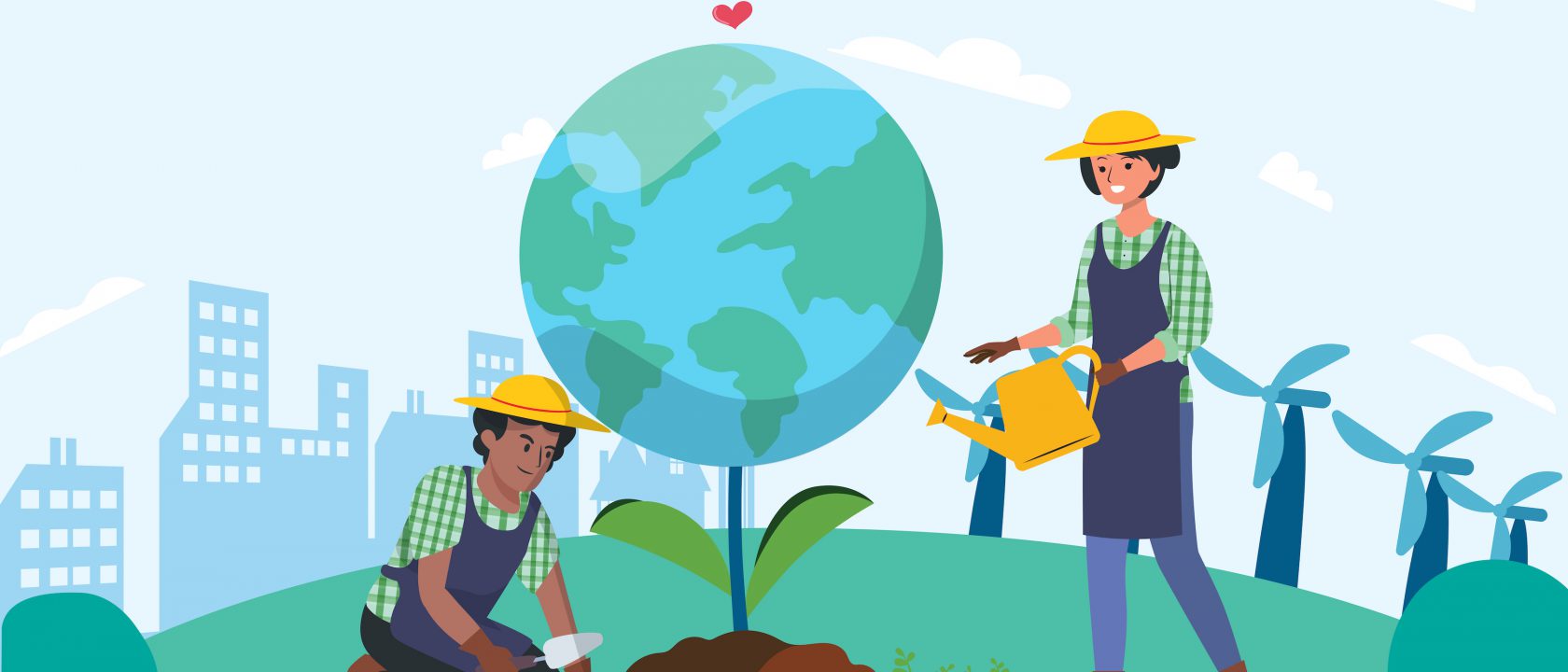
- Climate, prejudice, and 2020
- Environmental racism in communities of color
- Better data and more
Background
2020 was a year of reckoning in just about every way imaginable. In the midst of a global pandemic, crises that would ordinarily command massive amounts of attention became simply another part of a constant news cycle. Throughout the year, the devastating and destructive effects of climate change were apparent with widespread wildfires in Australia, Siberia, California, and even the Amazon. 2020 was also notable for reigniting racial consciousness and discussions on inequality in the wake of racial justice protests after the murder of African American George Floyd during a police arrest in May. With this new understanding of the dual importance of sustainability and racial justice, people are now beginning to question the relationship between the two.
Environmental Racism
One term that has been used often as of late is “environmental racism.” Environmental racism takes many forms, and many people define it differently. Generally, however, it refers to the disproportionate effects of environmental hazards people of color are more likely to experience than their white counterparts. For example, it has been well documented that countries with high amounts of hazardous waste ship it to developing countries — adversely affecting the people and ecosystems there. In both the United States and the United Kingdom, people of color are more likely to live in places with poorer air quality, which adversely affects their overall health and makes them more susceptible to respiratory illnesses like COVID-19. Environmental racism negatively affects communities in the long term. For example, it recently became known that in many United States urban areas, neighborhoods that were redlined during the 20th century are now several degrees hotter than their surrounding areas. Multiple studies have also shown that those neighborhoods have significantly less tree cover and parks than their counterparts. This contributes both to higher temperatures and lower air quality, both of which are dangerous and sometimes deadly.
The Future of Sustainability
So now that we know the problem exists, what can be done? It is critical to use analytical data that encapsulates the full effects of climate impacts — particularly as it relates to environmental racism. More robust data is key in combating disproportionately harmful practices before it is too late. Many activists are also calling for people to recognize that the fight against the harms of climate change and the fight against prejudice are closely linked. In order to overcome one, we must overcome the other. The sustainability sphere also needs to incorporate diverse voices and perspectives in order to ensure the goal of a green future is equitable and accessible for all. In the investing world, that means looking for entrepreneurs and companies that are adapting to the changes needed to secure the future, getting transparent data on business practices, and incorporating sustainable standards into portfolios. Here at Physis, our mission is to help investors understand the sustainable implications of their investments, join Physis today!
Sources:
Exporting trash to developing nations (2019)
Air Pollution in minority communities in both the US and the UK (2020)
